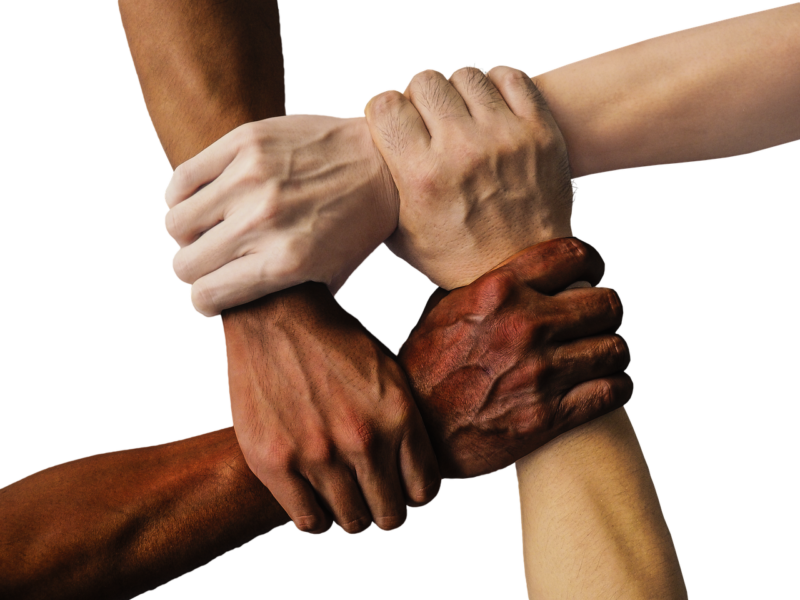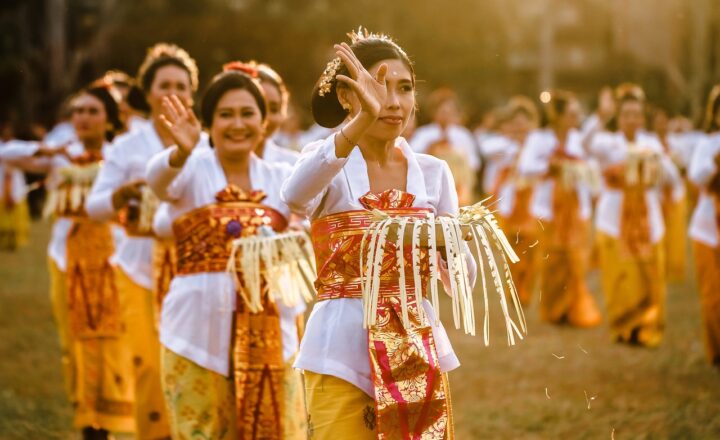The Power of Cultures: Exploring Global Diversity and Its Impacts
November 19, 2024

Cultures shape our identities, inform our values, and inspire our creativity. As we traverse the globe, we encounter a myriad of traditions, languages, and worldviews that enrich our understanding of humanity. In this article, we will delve into the significance of cultural diversity, how it influences our everyday lives, and the broader impacts it has on global development.
1. Understanding Cultural Diversity
Cultural diversity encompasses the variations in social practices, languages, belief systems, and customs among different groups of people. These differences can stem from geography, history, religion, ethnicity, and more. As globalization increasingly interconnects our societies, it becomes essential to recognize and celebrate these differences.
Cultural diversity can be seen in:
- Language: More than 7,000 languages are spoken worldwide, each reflecting unique cultural nuances and values.
- Traditions and Customs: Festivals, rituals, and celebrations vary greatly across cultures, offering insights into societal values and beliefs.
- Food: Culinary practices are not just about sustenance; they tell stories of history, geography, and lifestyle unique to each culture.
- Art and Music: Arts reflect the spirit of a culture and can serve as a medium for expressing emotions and storytelling.
Recognizing and appreciating these aspects of cultural diversity can foster a deeper understanding of our world.
2. The Importance of Cultural Diversity
Cultural diversity holds remarkable importance for several key reasons:
a. Fostering Creativity and Innovation
Diverse cultures contribute a vast array of ideas, perspectives, and approaches, fostering creativity and innovation. When different cultural influences converge, they spark new ideas and solutions. Businesses with culturally diverse teams often report increased creativity and performance.
b. Promoting Tolerance and Understanding
Understanding diverse cultures cultivates mutual respect and tolerance. This helps reduce prejudice and stereotypes, ultimately contributing to more peaceful societies. As we learn about others’ traditions and practices, we begin to appreciate our differences as strengths rather than threats.
c. Economic Growth
Cultural diversity can drive economic growth. Cities rich in cultural offerings often attract tourism, which generates revenue and supports local economies. Additionally, diverse workforces can provide insights into new markets, enhancing business opportunities.
d. Global Collaboration
In an increasingly interconnected world, cultural diversity allows for more effective international partnerships. Understanding cultural nuances can lead to better communication and cooperation on global issues, from climate change to international trade.
3. Challenges of Cultural Diversity
While cultural diversity brings immense benefits, it also presents challenges that societies must navigate:
a. Cultural Conflicts
Differences in cultural practices and beliefs can sometimes lead to misunderstandings or conflicts. It’s essential to foster dialogue and open-mindedness to address these issues effectively.
b. Loss of Traditional Cultures
As globalization spreads, certain traditional cultures and languages risk extinction. Efforts must be made to preserve and promote these unique heritages to maintain cultural diversity.
c. Economic Disparities
While cultural diversity can lead to economic benefits, certain communities may face economic marginalization. Ensuring equitable access to resources and opportunities is critical for fostering inclusive growth.
4. Celebrating Cultural Diversity
Celebrating cultural diversity is crucial in promoting understanding and respect among individuals and communities. Here are some effective ways to do so:
a. Cultural Festivals and Events
Participating in or attending cultural festivals can offer a vibrant glimpse into the traditions, art, and cuisine from different cultures. Such events create opportunities for interaction and dialogue among diverse groups.
b. Educational Programs
We must invest in educational programs that emphasize the importance of cultural understanding and integration. Schools and community organizations can teach children about different cultures, fostering respect from a young age.
c. Engagement in Multicultural Activities
Encouraging participation in multicultural activities—such as cooking classes, art workshops, and language exchanges—can broaden perspectives and deepen appreciation for diverse cultures.
5. Conclusion
Cultural diversity is a powerful force that enriches our global society. By acknowledging and celebrating the myriad traditions, languages, and beliefs that exist around us, we open the door to greater understanding, respect, and innovation. The appreciation of cultural diversity not only enhances our lives individually but also fosters a more peaceful and productive world. As we navigate the complexities of our interconnected existence, let us harness the power of cultures to build bridges rather than walls.
Ultimately, embracing our rich cultural tapestry is not just beneficial but essential for nurturing a future where everyone can thrive together in harmony and respect.








